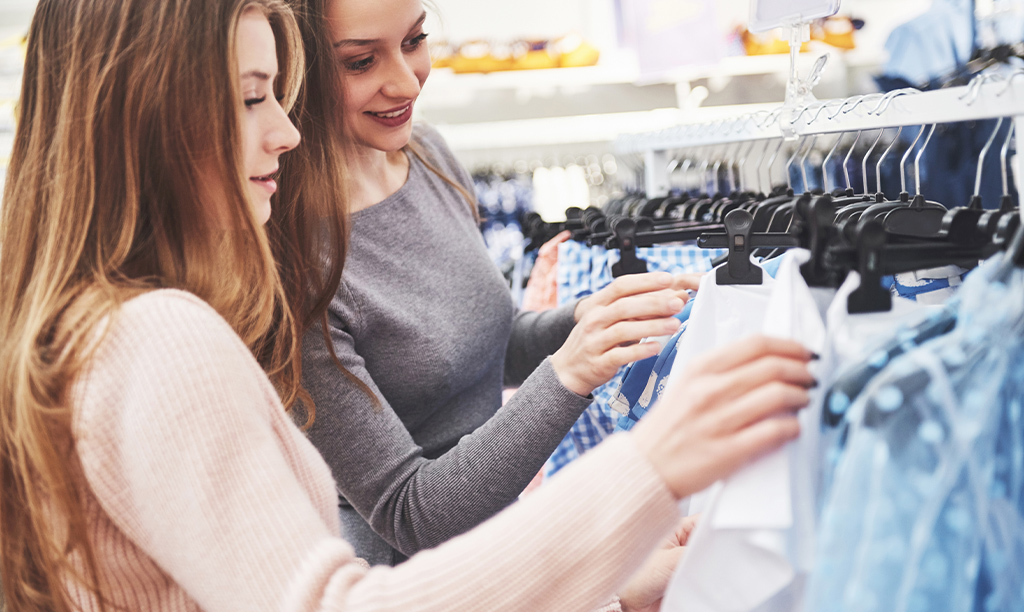Whiplash Team, March 15, 2024
Spanish consumers, between optimism and caution
In a scenario of rapid changes understanding how consumer habits evolve is fundamental to adapting to consumer expectations. The first quarter of 2024 shows interesting contrasts in consumption trends in Spain.
Understanding consumption trends is essential for brands as they offer a panoramic view of the situation and guidance towards conquering consumers, and improving products and services.
The first quarter of 2024 is presenting a dynamic consumption landscape in Spain, marked by caution in spending and moderate optimism, in the face of slowing inflation in the national scenario and economic uncertainty on a global scale.
Enthusiasm with caution
In Spain, on the one hand, there is a tendency towards saving and spending caution. Market studies show a considerable 38% of consumers plan to reduce their expenses, while a significant 45% prefer to buy store brands, indicating a search for more economical and accessible options.
In contrast, there is cautious optimism among consumers. Around 60% of respondents expect their incomes to remain stable in the coming months, and approximately 80% perceive little or no possibility of losing their jobs.
This moderate optimism suggests a willingness to continue consuming products and services that provide happiness and well-being.
Trending patterns
In this context, some emerging or consolidating consumption patterns need to be considered when planning marketing, branding, and advertising strategies:
- Hybrid consumers: This trend represents those who blend digital technology with real-life experiences. They use digital wallets for in-store purchases and enjoy moments of virtual reality as part of their daily lives. Brands can leverage this trend by offering experiences that combine the digital and physical worlds.
- Search for personal identity: After years of prioritizing collective well-being, consumers are rediscovering their personal identity. Brands can assist by offering products and experiences that celebrate individuality and help consumers explore new dimensions of themselves.
- Voice commerce: Although not new, voice technology is increasingly driving home purchases, providing a more inclusive and accessible shopping experience.
- Digital nomad consumers: Consumers who combine online work with constant travel are changing how brands approach e-commerce. Brands can adapt by offering seamless and personalized mobile experiences, taking into account these consumers’ changing locations.
- Consumers as co-creators: Consumers are not just buying products but also actively participating in their creation. Brands can encourage consumer collaboration, incorporating their ideas and contributions into product development.
- Virtual reality and augmented purchasing: These technologies are transforming the online shopping experience, allowing consumers to interact with products in a more immersive and personalized way.
Brand adaptation to trends
Brands are responding to these trends in various ways. From offering hybrid experiences that blend the digital and physical worlds, to promoting self-expression and individuality, brands are adapting their strategies to meet the changing needs of consumers.




